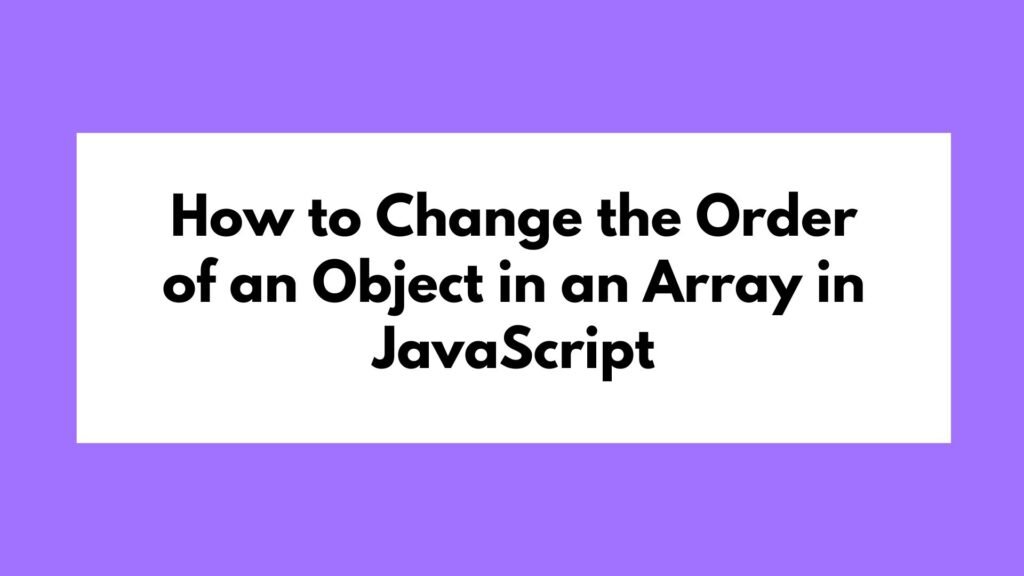
In JavaScript, the forEach loop is used to iterate over an array. However, there might be situations where you need to limit the number of iterations. While forEach itself doesn’t provide a built-in way to limit iterations, there are techniques to achieve this.
Code Snippet:
let array = [1, 2, 3, 4, 5];
let limit = 3;
array.slice(0, limit).forEach(item => {
console.log(item);
});
// Output: 1, 2, 3
To set a limit in a forEach loop, use a counter variable or slice the array before the loop.
Methods on How to Set a Limit in a forEach Loop in JavaScript
The forEach loop is a popular way to iterate over arrays in JavaScript. By default, it processes every element in the array. If you want to limit the number of iterations, you need to implement a workaround since forEach does not support limiting iterations directly.
Using a Counter Variable
One approach to limit the number of iterations in a forEach loop is by using a counter variable. You increment this counter within the loop and break out of the loop once the limit is reached.
let array = [1, 2, 3, 4, 5];
let limit = 3;
let count = 0;
array.forEach(item => {
if (count < limit) {
console.log(item);
count++;
}
});
// Output: 1, 2, 3
Explanation:
countis initialized to0.- During each iteration, the value of
countis checked againstlimit. - If
countis less thanlimit, the item is logged, andcountis incremented. - The loop stops processing when
countreacheslimit.
Using Array slice
Another approach is to limit the array size before passing it to the forEach loop using the slice method. This method returns a shallow copy of a portion of the array, which can then be iterated over.
let array = [1, 2, 3, 4, 5];
let limit = 3;
array.slice(0, limit).forEach(item => {
console.log(item);
});
// Output: 1, 2, 3
Explanation:
array.slice(0, limit)creates a new array containing only the firstlimitelements.- The
forEachloop then iterates over this sliced array, ensuring that only the desired number of elements are processed.
Choosing the Right Approach
- Use a Counter Variable: When you need more control within the loop, such as applying additional conditions or performing actions before breaking the loop.
- Use Array
slice: When you simply want to limit the number of items to be processed, and you don’t need additional conditions or logic.
Conclusion
While the forEach loop doesn’t offer a direct way to limit iterations, you can achieve this by either using a counter variable or slicing the array before the loop. Both methods are effective, and your choice depends on the specific requirements of your code. Understanding these techniques allows you to work more flexibly with forEach and similar iteration methods in JavaScript.


